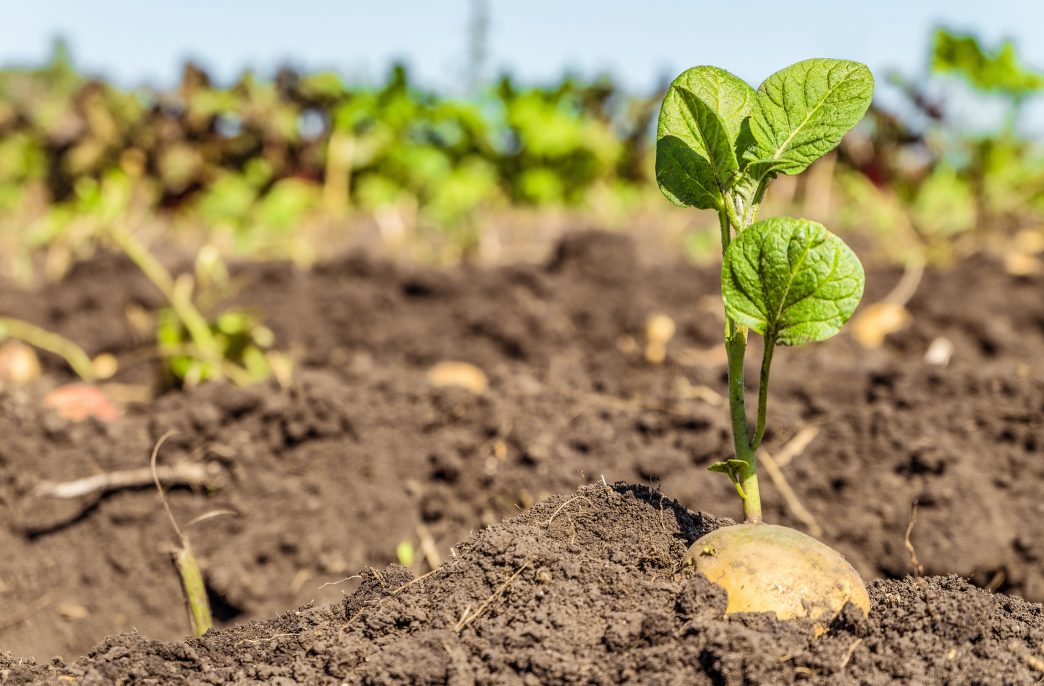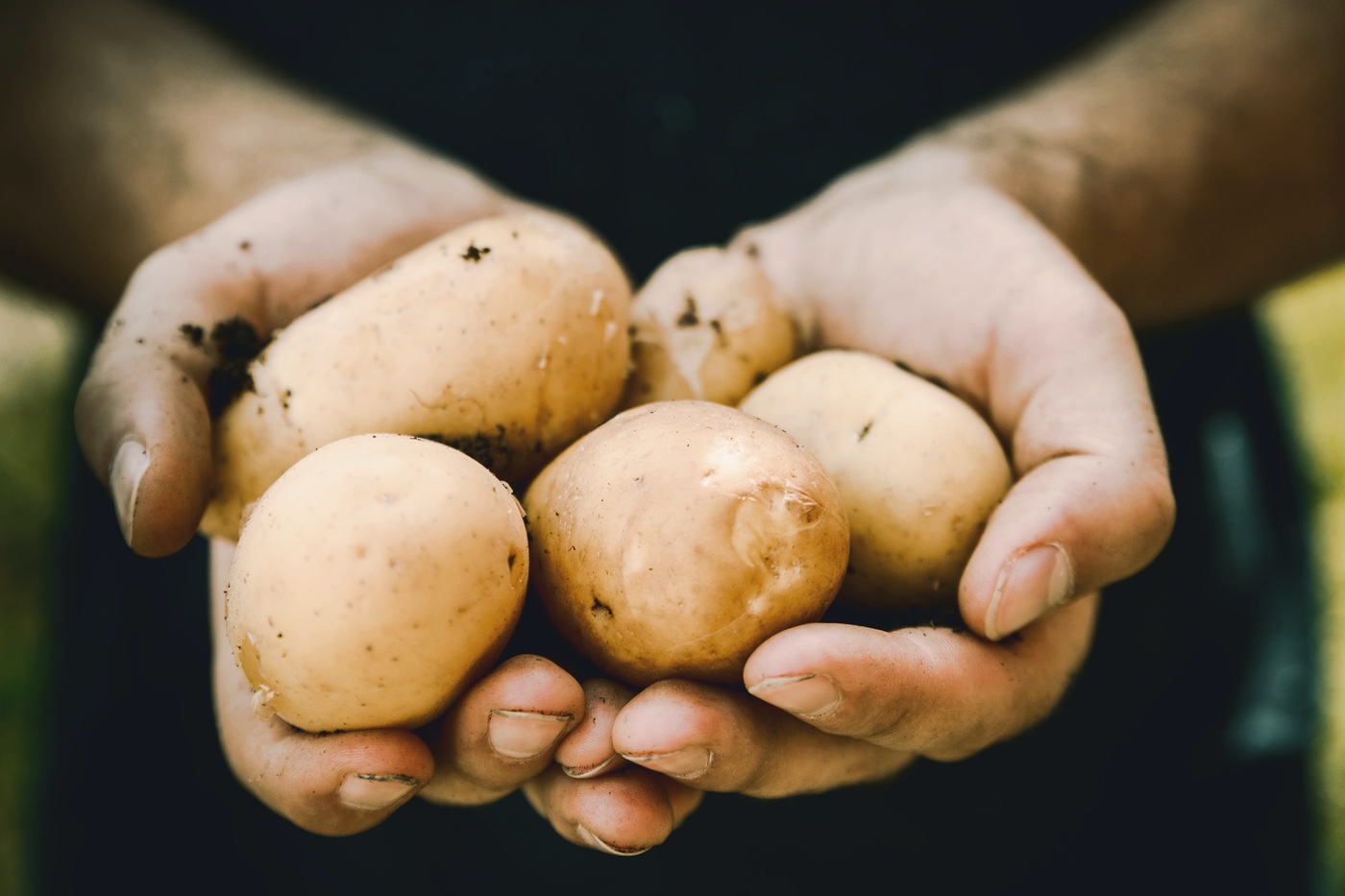Potato growers utilize AI for real-time nutrition monitoring

Potatoes, a vital vegetable crop in Canada, generated $1.5 billion in 2021. The crop’s significance is especially notable in New Brunswick, where McCain Foods Limited, the world’s largest potato processor, is located. The 2022 Canadian Potato Acreage Report by United Potato Growers of Canada highlights the evolving practices in potato cultivation across the country.
The eastern provinces have seen a decrease in seeded acreage, attributed to rising fuel and fertilizer costs. This has led potato growers to seek nutrient-management practices that optimize both crop quality and yields. Effective nutrient management is crucial for potato growers to avoid yield-limiting nutrient deficiencies and meet production targets. Balancing fertilizer use and soil amendments with environmental considerations is a key challenge as the Canadian potato industry evolves.
Traditionally, potato nutrients are applied mainly through soil treatments and foliar feeding. In Atlantic Canada, fertilizers are often concentrated during planting or hilling phases. However, this method may not be suitable for nutrients needed later in the growth cycle. In-season fertilizer applications, thus, are becoming more popular for sustained nutrient availability.
Tissue chemical testing, involving careful selection of plant tissues such as the petiole of the fourth leaf from the top, is employed to assess plant nutritional status. However, the accuracy of this method depends on the correct selection of petioles and the time interval between sample collection and analysis. The labor-intensive nature of this process calls for more efficient techniques.
Technological advances in optical sensors have led to the application of spectroscopy and machine learning to evaluate plant nutritional composition. While spectroscopy is effective, its application is limited by the thin shape of petioles, necessitating further research to correlate petiole chemical content with leaf spectra.
The research project, published by a group of scientists on ScienceDirect, employs a portable spectrophotometer and machine-learning algorithms to rapidly determine petiole nutrient values in potato fields. This method, supported by cloud computing and the Internet of Things, offers near real-time results. This innovative approach aids farmers in timely and efficient fertilizer application, balancing production goals with environmental protection.



